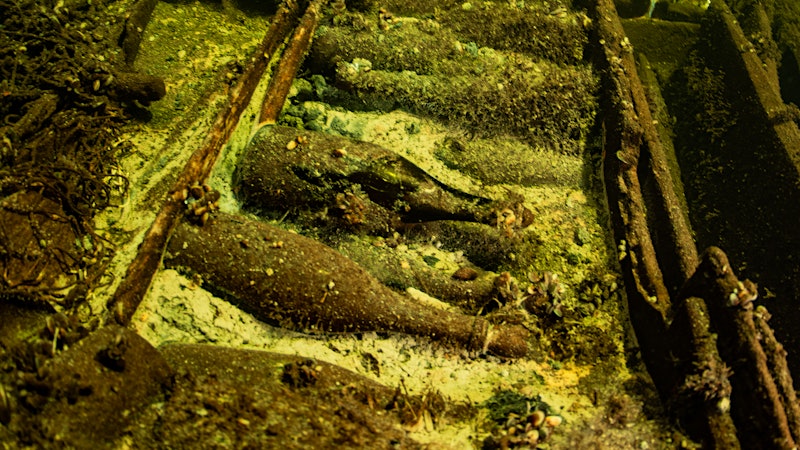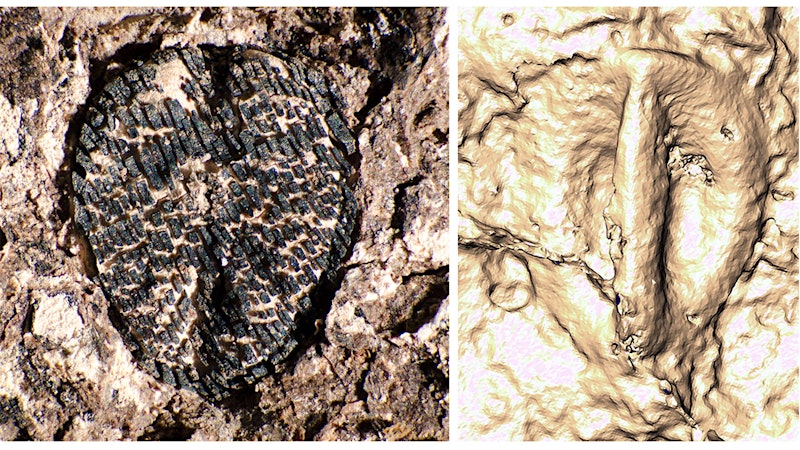Don’t tell the winery dogs: Austrian archaeologists recently unearthed a rare assortment of ancient bones beneath the wine cellar of Kamptal region winegrower Andreas Pernerstorfer in the village of Gobelsburg near the town of Langenlois. A statement from the municipality of Langenlois said the discovery has been “referred to as the find of the century.”
“I'm thrilled that I found this,” said Pernerstorfer, who discovered the bones during renovations this past March. He immediately contacted Austria’s Federal Monuments Office, which looped in a research team led by Dr. Hannah Parow-Souchon from the Austrian Archaeological Institute of the Austrian Academy of Sciences.
Excavations began earlier this month, and the archaeological team didn’t just find a few bones; they uncovered a hefty layer of bones from at least three mammoths (and a few of less certain origin). The layer was found about 55 feet underground, and the archaeologists estimate it to be 30,000 to 40,000 years old. They also dug up stone artifacts and charcoal, which researchers will study using radiocarbon dating.

“This discovery is really exceptional,” Parow-Souchon told Wine Spectator via email. “The most exciting things are the questions this opens up, and the chance of answering them … I would like to find out what caused this accumulation of at least three dead mammoths at this spot. Was it humans? Was it nature? Who’s the culprit? How did they die, have they been hunted and, if so, how?”
This isn’t the first time that people have found bones in these hills: In the 19th century, archaeologist Count Gundaker Wurmbrand-Stuppach and prehistorian-anthropologist Hugo Obermaier were aware of ancient bones, fossils and other artifacts in Kamptal. It’s possible they excavated part of this same site, Parow-Souchon said.

“We do know very few sites with such dense mammoth bone beds in Austria, but all of these have been excavated more than 100 years ago and are therefore lost to modern research,” she added. “To have the opportunity to investigate this with modern methods is an outstanding chance for us.”
The first dig in the Pernerstorfer cellar was completed May 21, and excavations will resume late this summer. In the meantime, the bones are destined for the Museum of Natural History in Vienna.
When Did Mammoths Die Out?
Woolly mammoths died out in Europe and North America around 10,000 to 14,000 years ago, around the end of the Last Glacial Period, according to current research estimates, though this is a matter of some debate.
Incidentally, Australian cultured meat company Vow claims to have recreated mammoth meat using mammoth DNA (and, in a Jurassic Park-esque twist, elephant DNA). There was reportedly some apprehension around tasting this “mammoth meatball” due to potential risks. But once all that’s worked out, culinary enthusiasts can presumably expect woolly wine pairings … .
Enjoy Unfiltered? The best of Unfiltered's round-up of drinks in pop culture can now be delivered straight to your inbox every other week! Sign up now to receive the Unfiltered e-mail newsletter, featuring the latest scoop on how wine intersects with film, TV, music, sports, politics and more.












